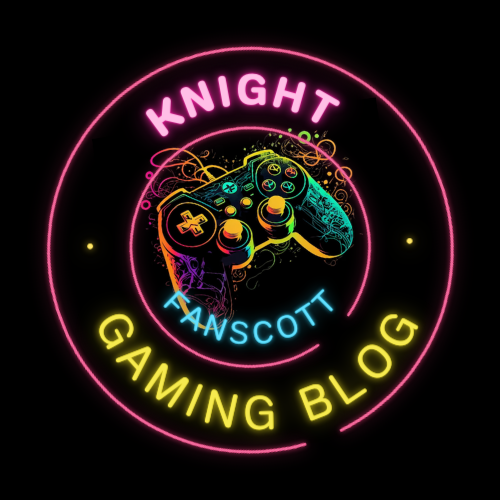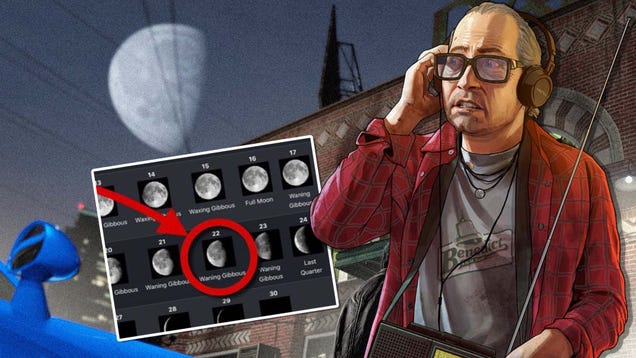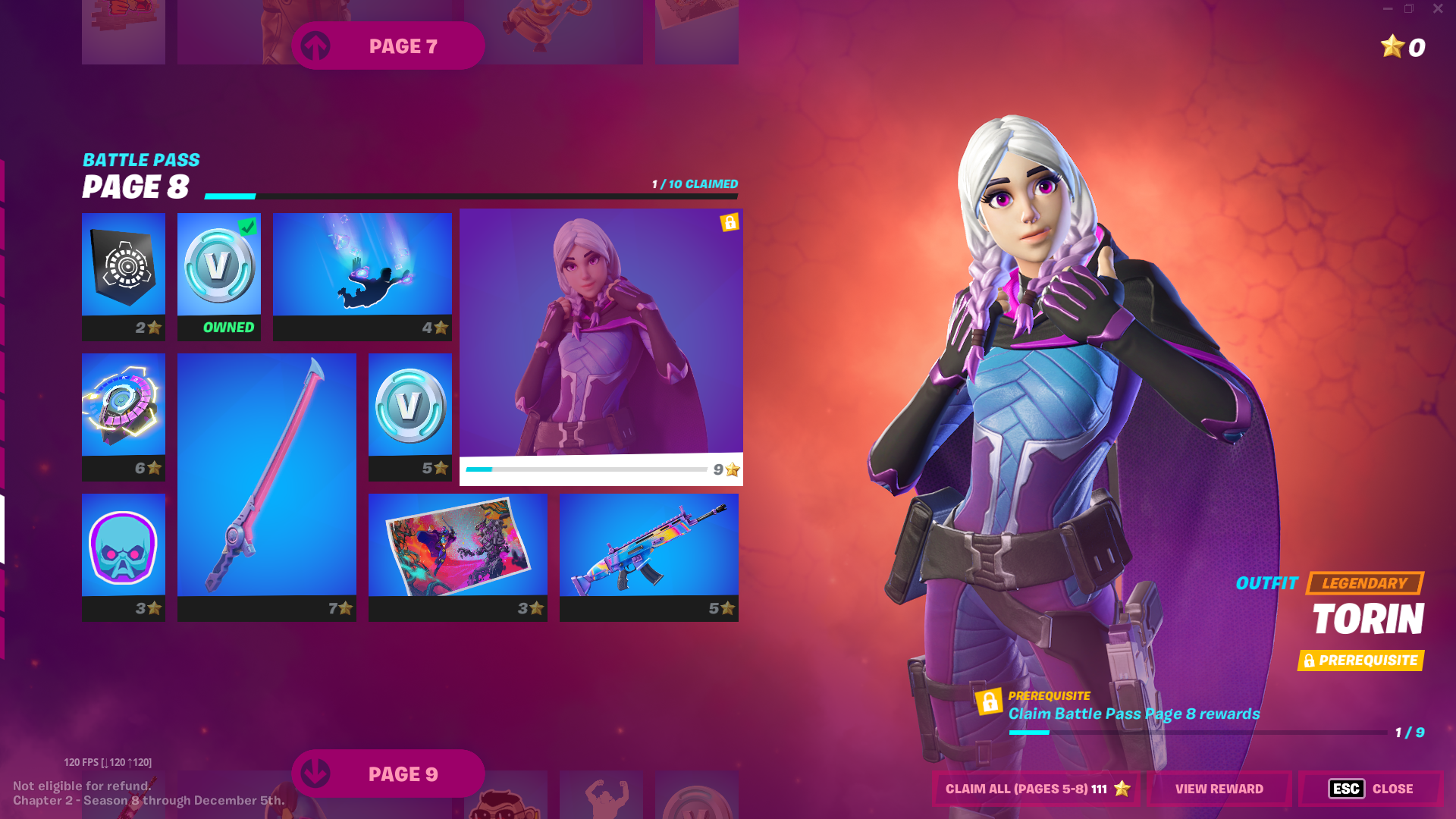Before we begin, no, the name of this review is not a typo. Indeed, in many ways, Red Bow could be called Red Dead Redemption, although it is certainly a far cry aesthetically, tonally and in gameplay from Rockstar’s venerable series. In this throwback to the Game Boy Color era, players take control of Roh, a young girl who awakens from her dreams in purgatory where she is tasked to right the wrongs of the dead and bring peace and redemption to their afterlives. So, how does it all hold up? Well, Red Bow is in many regards a great throwback, and an incisive and mature take on concepts such as death, suicide, loneliness and innocence. However, it’s wrapped up, so to speak, in a somewhat flawed package.

Beginning with the positives, the game 100% nails the aesthetic of games from the GBC era. The sprite work is lush and gorgeous, with some genuinely creative (and horrifying) designs for some of the spirits Roh encounters along her journey. The music is all appropriately chiptune, and while some tracks (namely the one outside the shop) can get rather repetitive, in a way that also adds to the charm. The game even adds a border reminiscent of the ones found when playing Game Boy games on the SNES’ Super Game Boy add-on, or GB and GBC games on the Game Boy Player for the GameCube. It is this attention to detail that really sets Red Bow apart from other indie contemporaries, and helps it forge an identity of its own. For the best experience, I would recommend playing with the D-Pad for a true throwback. The game does not communicate that this is an option, but it thankfully is.
The second major strength of Red Bow is the game’s writing. Tackling heavy themes such as negligence leading to infant death, suicide, extreme narcissism and alcoholism could have easily gone wrong in a different set of hands. However, developer/writer Stranga (who impressively handled almost all elements of the game), handles this subject matter with respect and care, ensuring it doesn’t come across as preachy or unintentionally comical. However, because of the heaviness of these themes, I would personally recommend that some who may be sensitive about this material steer clear of Red Bow, at least in the near future.
The third major strength of Red Bow I suspect is its best selling point for many: the value. Yes, Red Bow is a complete experience for only around $5 USD / £4.99 (and as of writing is currently on sale for $4 / £3.99), and one that is stuffed to the brim with achievements. The game itself has three different endings, as well as a couple of additional hidden game overs. It is not stingy with Gamerscore, awarding 1000 in total, with many in chunks of 15, 30 and even 90 Gamerscore for the endings. Couple this with the game’s short length (which we’ll get to), and this comes as an easy recommendation for completionists. The only downside is that none of the achievements in-game are rare, so it will likely not boost TrueScore ratings heavily for those who track using TrueAchievements.

That said, not everything about Red Bow is great. While it is worth acknowledging that this is a clear labour of love from a very talented singular developer, there is certainly some room for improvement. Firstly, the game is very short. I completed it 100% in just under two hours, and that included two full playthroughs of the game, additional repeated objectives to earn achievements, and having to repeat one of the levels two additional times due to a mistake. Once the player knows what to expect, getting through the game is a breeze. It is divided into four chapters, but only the first three have any real gameplay involved (the final one is little more than walking to an objective and watching a cutscene). The puzzles themselves can be a bit tricky at first, but again once you’ve solved them, you’ve seen it all. While the price certainly helps make up for this lack in length, it may not be for everyone.
Secondly, the game lacks an autosave feature and fails to communicate the importance of manual saving. In the second level, I met the requirements for one of the game-over endings without knowing it. While I was handsomely rewarded with about 60 Gamerscore, when I went to restart the game I was all the way back at the start of the first level. This meant that I not only had to work my way through the first level again but also the entirety of the second. As mentioned, this was not really a challenge, but it certainly added to my frustration, especially since there are some unskippable cutscenes.

Finally, the endings of the game, barring the good one, are rather underwhelming. The neutral ending is a far worse ending than the so-called “bad ending”, and the bad ending itself is incredibly anti-climactic. I’m not upset at the lack of a happy ending or anything, but given the atrocities you commit on the bad route, the conclusion certainly doesn’t feel satisfying as either a comeuppance or a victory. Even the good ending, while certainly a significant cut above the other two, is not perfect, and can feel a bit underwhelming in the context of the story.
In the end, Red Bow on Xbox One is a game worth supporting. It’s a carefully crafted throwback with excellent writing and plenty of achievements to earn. It’s very well priced and is certainly worth the two hours it takes to play. However it is short, the lack of an autosave feature is a tad off putting, and two of the three endings don’t quite deliver. All in all, what we have here is a very solid experience and an impressive achievement given the small team.

































